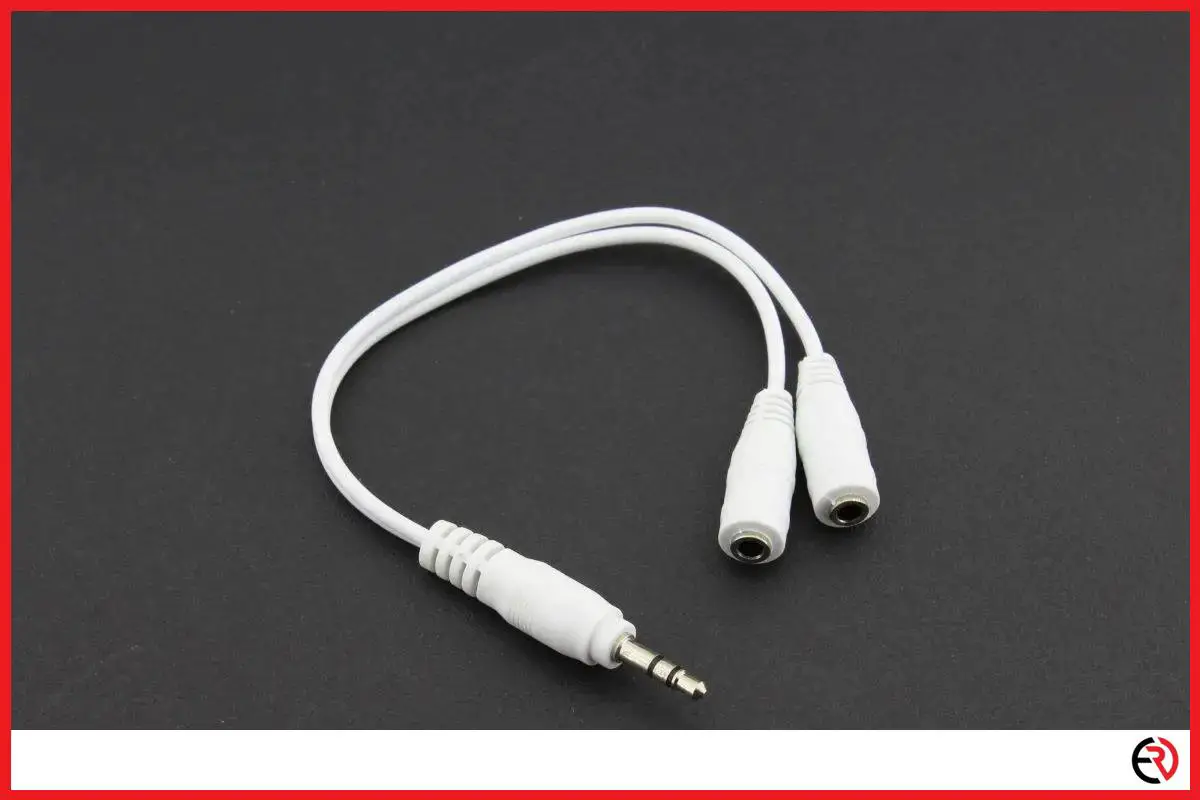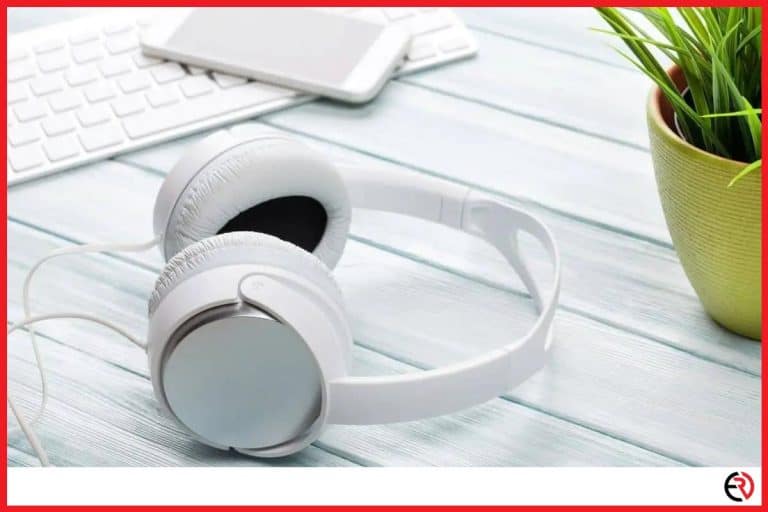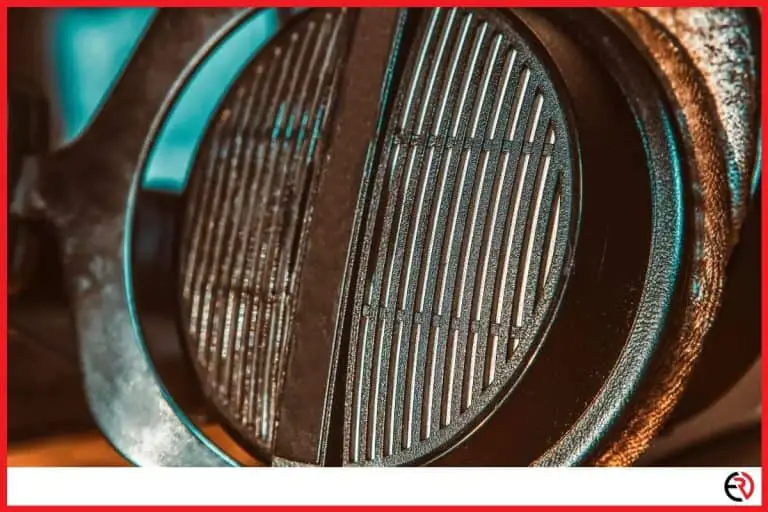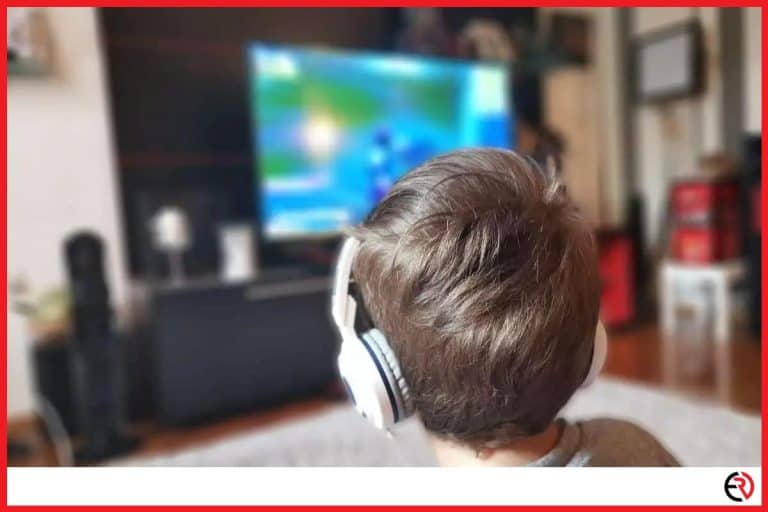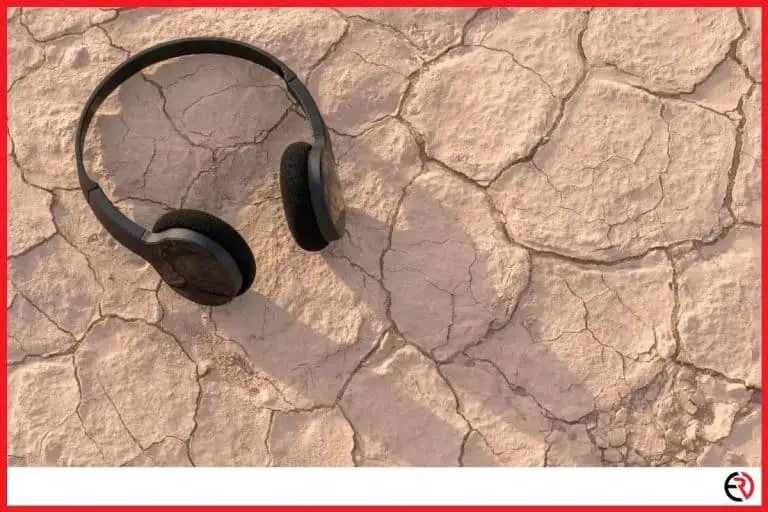Does a 3.5mm Audio Splitter Reduce Sound Quality?
This post may contain affiliate links which means that, if you choose to make a purchase, I may earn a small commission at no extra cost to you.
If you have ever had an SO (significant other) that wants to mooch off your prior planning and listen to your movie on the plane as well, then you absolutely know why you need an audio splitter. The main use of a 3.5mm audio splitter is to split the sound coming from a device like a mixer, smartphone, tablet, computer, or Sony Walkman. The audio is most commonly directed to two separate headphones. Splitters one male end and two female ends (example). There are some that are specifically designed to combine audio or have separate audio inputs and outputs. This one splits a line into headphones and microphones to allow separate upgraded equipment to work in unison.
The main benefit of using a splitter is the flexibility to operate multiple speaker devices at a time. Enjoyment of a movie, clip, video, or song between more than one person is highly limited when you are in a crowded environment or workspace. Sharing earbuds isn’t always an option. However, there is a constant concern about the degradation of the sound quality due to the inclusion of another piece of hardware into the listening experience. It is valid to wonder if a splitter reduces the sound quality heard through the headphones.
Do 3.5mm audio splitters reduce sound quality?
No, generally, 3.5mm audio splitters do not reduce the sound quality heard on multiple headphones to a perceptible degree. No listener would be able to tell a difference in the quality of the sound. The effects of the alteration of cords on the sounds have more to do with the sound impedance of different types of end uses and the quality of the audio splitter material.
How do headphones work?
The proper question to get at this problem is: How do sound waves travel over the wires that connect the audio device and the headphones? This article will briefly describe the physics behind sound waves and then discuss the use of other devices along the headphone cord. This isn’t just a physics answer, but also a mechanical, and operational answer. All of this complicated math just to make sure your SO is happy on that plane sitting next to you.
The next time you get asked to share the listening, just say that you are willing to share but only if they listen to why the sound won’t degrade with the extra device listening in on the same line.
How does sound travel?
Sound is a representation of vibrations of atoms as they are affected by the neighboring particles. It is the 3-dimensional representation of a line of falling dominoes. It is akin to doing “The Wave” at a baseball game. Sound travels similar to the ripples in the surface of the water present after the rock is thrown into the deep end.
Sound travels through or vibrates through different mediums at different speeds due to the density and composition of the material. As the material is needed to propagate sound, if there is a lack of something then there is no sound. This is why there is no sound in space. No one can hear you scream!
Anyway, the material also affects the quality of the sound. Underwater noises tend to sound better than the same noise in the air. Singing in the bathroom always sounds better than being forced to sing in front of your mother’s book club when she wants to show you off. This is because sound waves represent a group of qualities that the vibrations have. Sound waves can be defined as being composed of pitch, wavelength, frequency, loudness, and period. Distance, temperature, and material all have an effect on the end quality of the sound. What goes in might not come out in the end.
Headphones, telephones, speakers, and any other metal cable works off the principle of converting those sound waves or vibrations into an electrical current that runs across the wire. Similar to a sound wave the electrical current is a wave that is composed of similar characteristics. Specifically, the temperature, length, and material of the wire will determine the effects on the quality of the signal. Once the electrical current reaches your headphones the current pushes against a diaphragm that literally pushes air to the frequency represented by the electrical current. The pushing of the air by the diaphragm creates vibrates, aka sound waves. These sound waves are the noises that you hear through the speakers.
How does a 3.5mm audio splitter work?
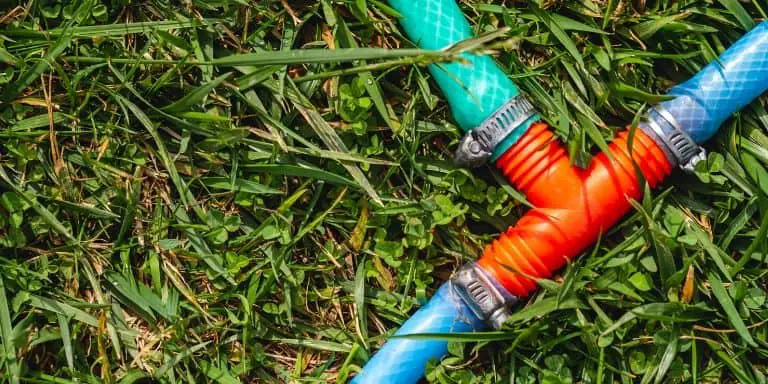
A 3.5mm audio splitter works by introducing a second path for the electrical current. The current moves through both paths once it hits the splitter. Think of this as a water spicket at the back of your house. A splitter would let you attach two hoses instead of one. Then the follow-up question is: Can you use two hoses on the same faucet without losing water pressure? Per usual in the real world the answer is always: well, it depends. These common splitters are cheap and highly effective. The most common variety split one cord into two like this one. However, there is no limitation on how the sound is split. Here there are multiple sound joints to plug into. This could be for group activities or parties.
What determines sound quality degradation?
As mentioned above, whether it is a sound wave or an electrical current the quality of the end output is determined by the type of material, the length of travel, and the temperature of the material. For this question temperature isn’t an issue. However, the other two are open for discussion. We will take each in turn.
Type of Material
This is a more complex topic than just tin, or gold plated. What “type of material” refers to is the type of cord and demands on that cord. There is no degradation of sound quality if the splitter is being used to convey sound to two headphones or two devices of equal or similar use. If one is a headphone and the other is another audio receiver then you are going to have an improper load imbalance on the wires.
When there is a load imbalance there is a distortion of the sound. It would be akin to one hose being fully on and the other just a sprinkle. The smaller load use may not get any of the signals. To fix this problem you would need to connect the splitter up to a distribution amplifier or a transformer balanced/isolated splitter to guarantee equal output levels. Point being, as long as you are splitting the usage between two similar devices like two headphones or two receivers, then there should not be a decrease in sound quality.
To refocus on the type of material, make sure you aren’t getting something cheap. The higher quality splitters are made of highly conductive material to ensure lossless electrical signals across that component. Don’t make one yourself, unless you are an electrical engineer, and just make sure that the one you buy isn’t a stick wrapped in black duct tape.
Length of Travel
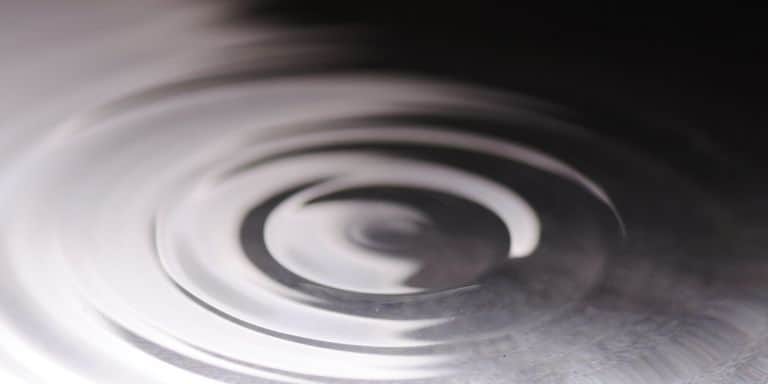
The length of travel does affect the quality of the sound wave and electrical current. Material has an internal resistance to move. Think back to the pond waves example. The ripples will slowly decrease in size as they reach the banks because the water resists the change in state. An electrical cord has an internal resistance value that does impede the electrical current.
Granted, metal wires are used instead of sticks because metal has a very, very low impedance to electrical flow. There is still some loss. The distance traveled by sound through multiple headphone cords is not enough to create a loss in signal. If you decided to hook up 100 headphones together you may need to amplify the signal at the splitter. However, between you and your SO there should be no cause to worry about the extra length of cord.
Final Thoughts On 3.5mm Audio Splitters
Let’s review quickly. The purpose of a 3.5mm audio splitter is for you to work multiple sound output devices at once, aka, make your SO happy by sharing your music. It does this by allowing the electrical current to travel through multiple paths at the point of the split. The quality of the electrical signal is affected by temperature, length, and material. As long as you are using a high-quality splitter like this one, the surrounding temperature is normal, and the cord isn’t a mile long then you and your SO should not notice any sound degradation. If you have an imbalance of load due to having two different types of audio devices connected to the splitter you will probably need to invest in a distribution amplifier or a transformer balanced/isolated splitter to guarantee equal output levels.
If you don’t have a 3.5mm audio splitter you probably should just have one in your travel kit. What happens if you get a seat next to someone tall, dark, and handsome or some cute little thing and you get asked to share the sounds? Hey, it happens. Just make sure when you are on your next outing you have one of these in your go-bag.

